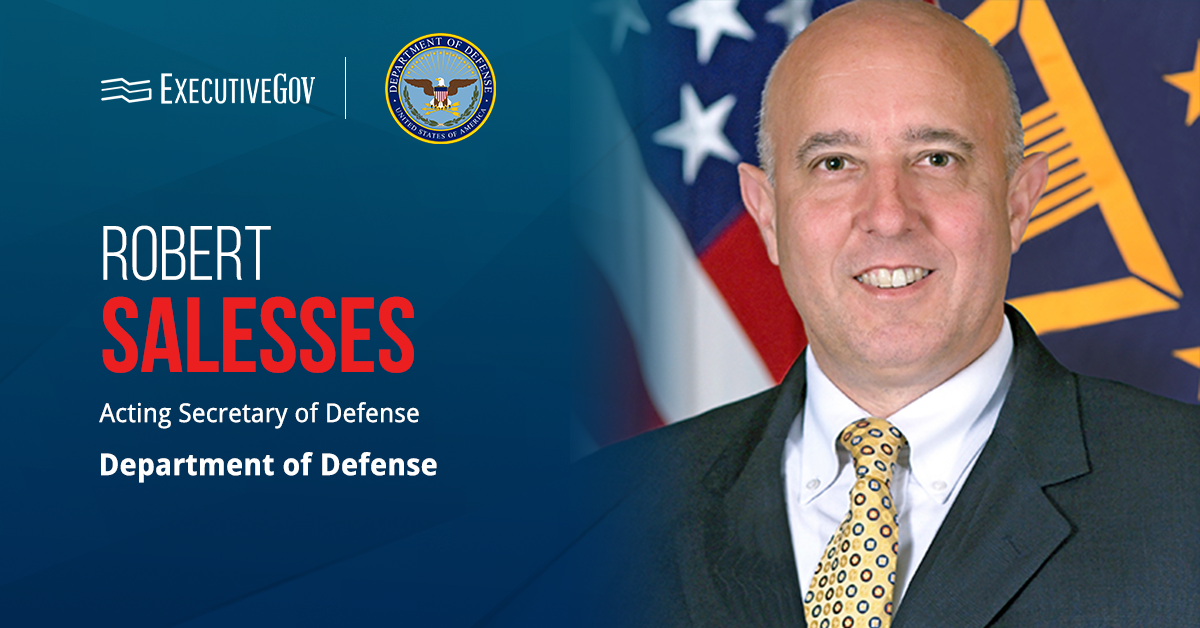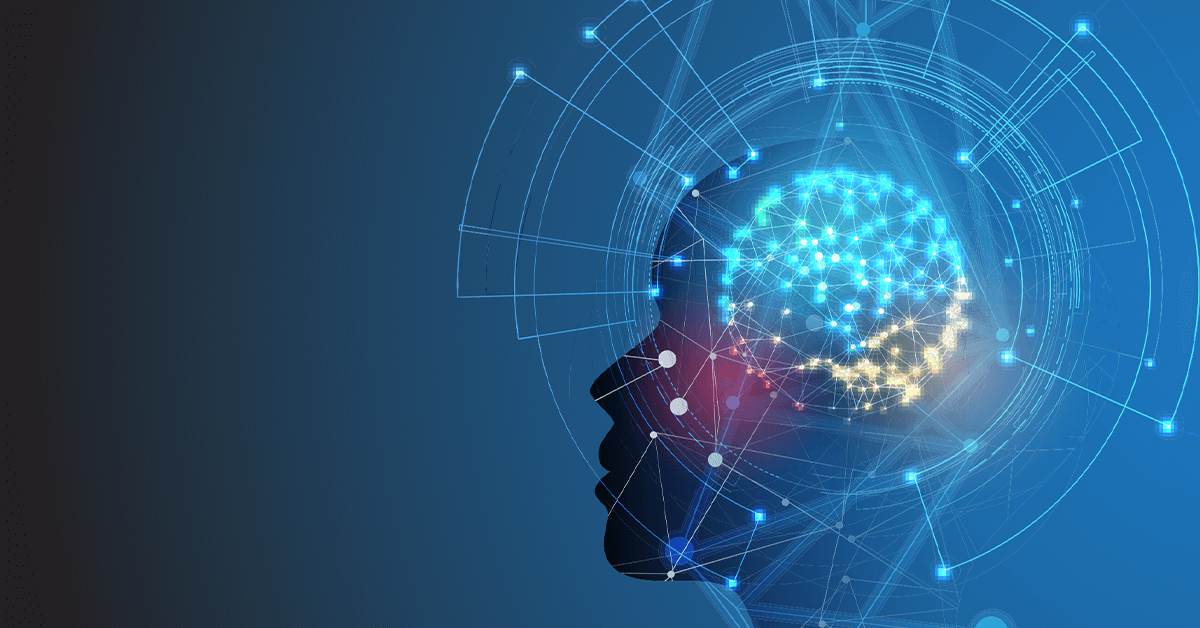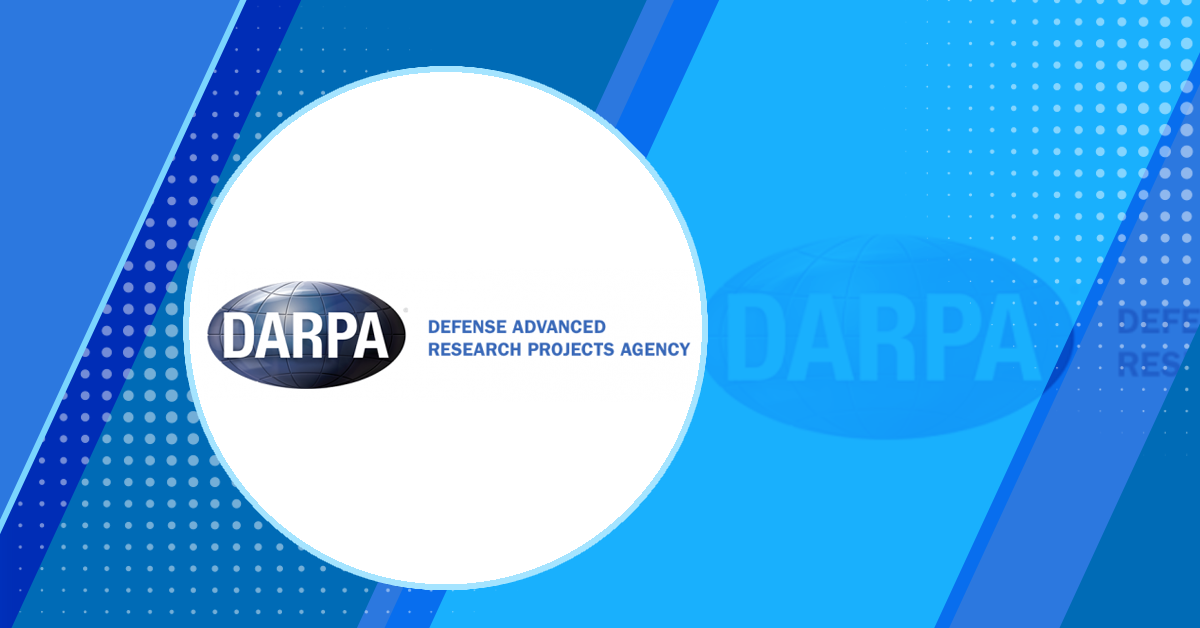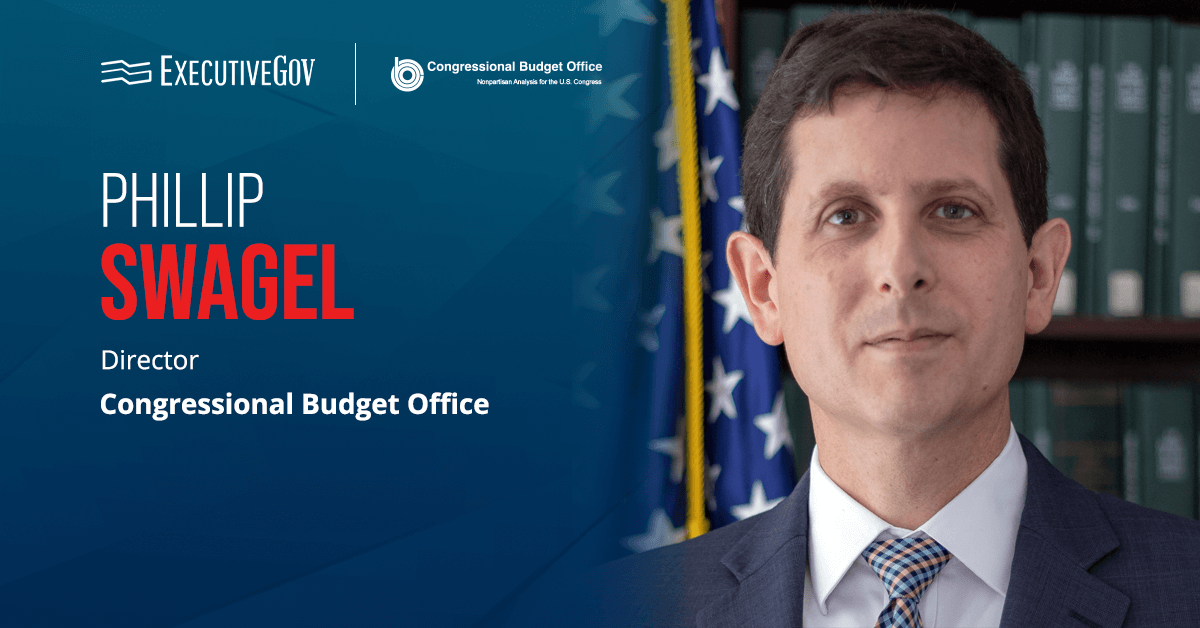Blue Abyss and NASA’s Glenn Research Center have forged a partnership through a Space Act Agreement to advance commercial space training, research and infrastructure development.
Forging the Future of Space Exploration
The company said Wednesday the collaboration will focus on the development of innovative human spaceflight capabilities, including training and simulations of various extreme environments. The partnership aims to drive scientific discovery, foster innovation and enhance the commercial space sector.
The two organizations will work to develop advanced methods of selecting and training future space travelers, evaluate the effects of extreme gravity and develop advanced infrastructure. NASA will leverage its decades’ worth of technical expertise in space exploration for the project while Blue Abyss will perform an in-depth market analysis to identify infrastructure requirements over the next 10 years. The data will help determine how commercial facilities will be utilized for future space missions.
John Vickers, Blue Abyss CEO, said, “As we develop next-generation infrastructure, including our proposed facilities in the U.S. and U.K., it helps develop the international space sector, supporting industry growth, training and infrastructure development that will support international clients and foster innovation.”













